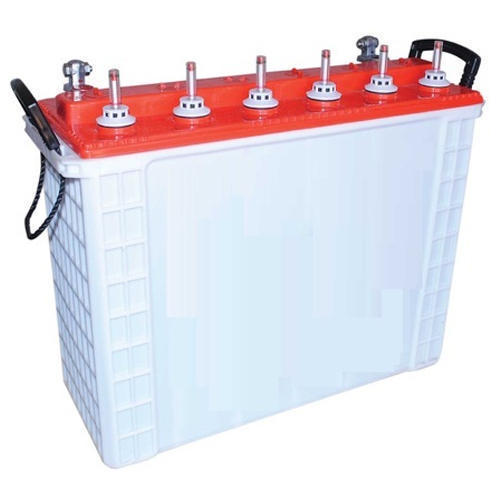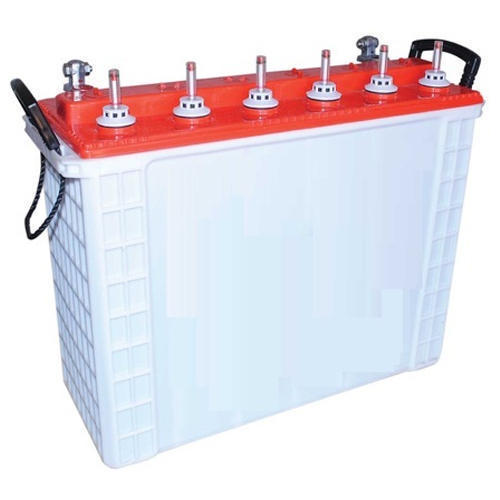
Summer and the temperature are already rising. There is nothing enjoyable about the sweltering sun overhead. Frequent power outages simply make our misery worse by making us perspire more. Investing in the greatest inverter for your home or workplace would be the best solution to this problem. The proper inverter should be purchased. Additionally, given the market’s availability of alternatives like the home UPS, it’s critical to comprehend the distinctions between the two to prevent any misunderstanding. List of Free Advice You Should Take Into Account When Purchasing the Inverter battery.
Take into account your power usage
It is always best to get an idea of your overall power use before going out to purchase an inverter for your home. Make a list of everything you need to power on a typical summer day. When your electricity goes out, an inverter is significantly different from a generator in that you can only use it to power a small number of essential equipment that you want to keep running constantly throughout the day. Choosing an appropriate-sized inverter depends critically on knowing the total load that will be powered by it. The VA rating of your inverter may be influenced by how many watts each device you connect to it will consume. An inverter may power large electricity-consuming appliances like refrigerators but doing so has a drawback of its own: the inverter battery will survive for fewer hours than it would if large appliances like heavy refrigerators were not powered by it.
Recognize the differences between an inverter and a home UPS
In terms of functioning, a home UPS is equivalent to an inverter because both tools are used to change direct current to alternating current, which is then utilized as a backup option to create electricity. The key difference between an inverter and a UPS, which stands for Uninterrupted Power Supply, is that with a home UPS, there is no delay between the devices being turned off in the event of a power outage and being turned back on later. However, when the electricity goes out, there is a very brief time of complete blackout for equipment powered by an inverter. The majority of laptops and PCs in households and companies are solely connected by UPSs rather than inverters, for this reason, allowing users to store their crucial data before turning their machines off.
Recognize which appliances an inverter can power
Air conditioners and refrigerators can both be powered by inverters. The motors of the aforementioned appliances, however, are fitted with compressors that demand extremely high currents, especially while starting up. Therefore, it is advisable to use inverters with large VA values and sizes or inverters specifically made to handle refrigerators and air conditioners if you want to accommodate such hefty current-drawing machines.
Be aware of the VA rating needed by your inverter
Watt ratings and VA ratings should not be used interchangeably. The household appliances we use, such as lights, bulbs, refrigerators, air conditioners, and other items, all require power and are measured in Watts. On the other hand, power-generating devices such as inverters, uninterrupted power supply, generators, etc. The equipment’s voltage and current output are combined to provide apparent power or VA. The VA value and the watt value should be equal in the best-case situation. However, it is not practically viable for them to be the same in actual circuits. Do not let manufacturers trick you into thinking that they are both the same.
Other Points to Consider
You must ensure that a UPS and inverter are covered by the manufacturer’s warranty period, just like you would with any other product. Until and unless they completely stop working, inverters are appliances that require almost minimal maintenance. Because it utilizes some of its energy to run a cooling fan and power its internal circuitry, inverters are not entirely energy-efficient. Now that you are fully informed about how to select the ideal inverter, only purchase from reputable manufacturers. Among the most well-known producers of inverters and residential UPSs.
Warranty on a battery
The majority of brands have two parts to their warranties.
FOC: free of charge (during this time, if one of the six battery cells fails, you are eligible for a free battery replacement from the company.
Prorata: When the battery fails, you must pay a certain amount of money according to the pro rata. For instance, if a battery fails after 36+12 (free of charge + pro-rata) months of warranty, 75% of the battery’s value will be subtracted from the current MRP Price. A 25% discount will also be applied to the MRP of the freshly replaced battery. Avoid looking at Prorata and always choose a battery that has more FOC months.
A longer guarantee period with Full Free Replacement gives a better idea of the battery’s quality. A longer warranty period indicates that a corporation is confident in its product and that it will last at least as long as it has promised. Always choose a battery with a longer warranty period.
Avoid local sellers
Many people are tempted to purchase a very good brand inverter but a local brand battery, which might be a very bad choice under many circumstances. Local brands typically follow less efficiency and safety regulations and have shorter lifespans. Local businesses, however, attest to it and claim that because they are produced close to this location, they are very affordable—almost half the price—and offer. On the other hand, due to safety considerations, choosing the correct battery is more crucial than an inverter. Numerous battery types emit minute fumes and harmful gases like carbon monoxide, and major brands make sure that the emission is at the lowest possible level. Local brands, however, do not place as much emphasis on this issue. Local batteries frequently insist on extensive maintenance.
Conclusion
You want to purchase a battery but are unable to do so in India due to the lack of modern battery options. Not to worry! Manufacturer of the best inverter batteries Loom Solar offers a variety of batteries with capacities ranging from 70 Watt to 2000 Watt for use in homes, offices, schools, hospitals, restaurants, etc.



